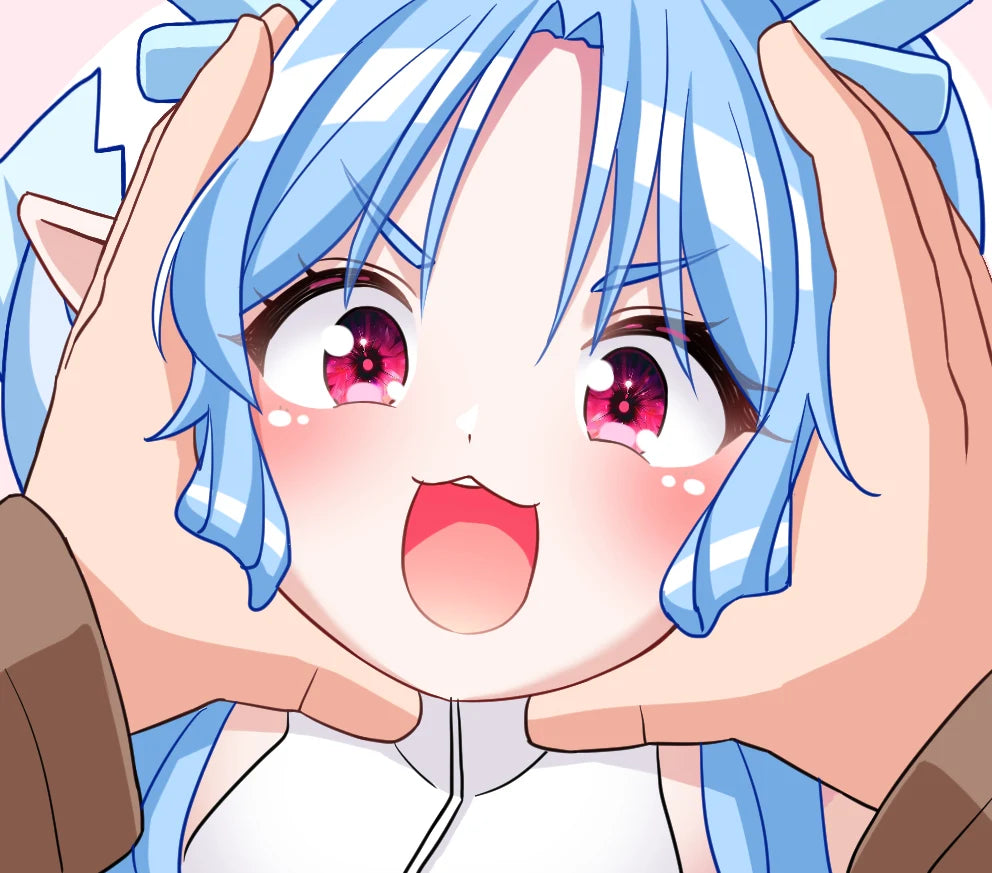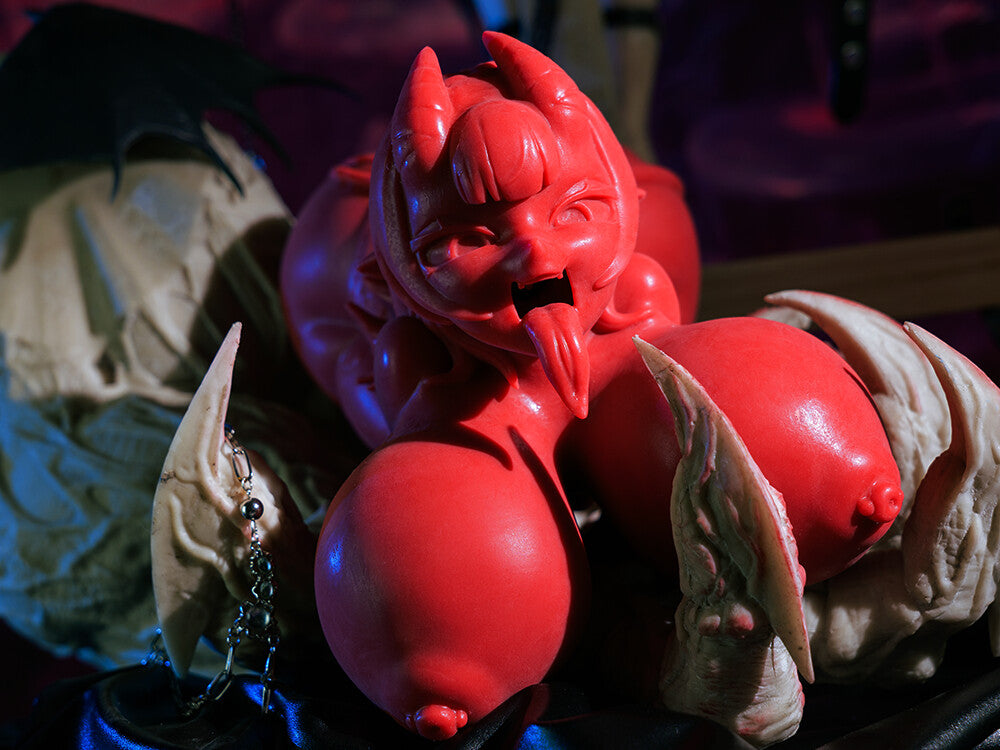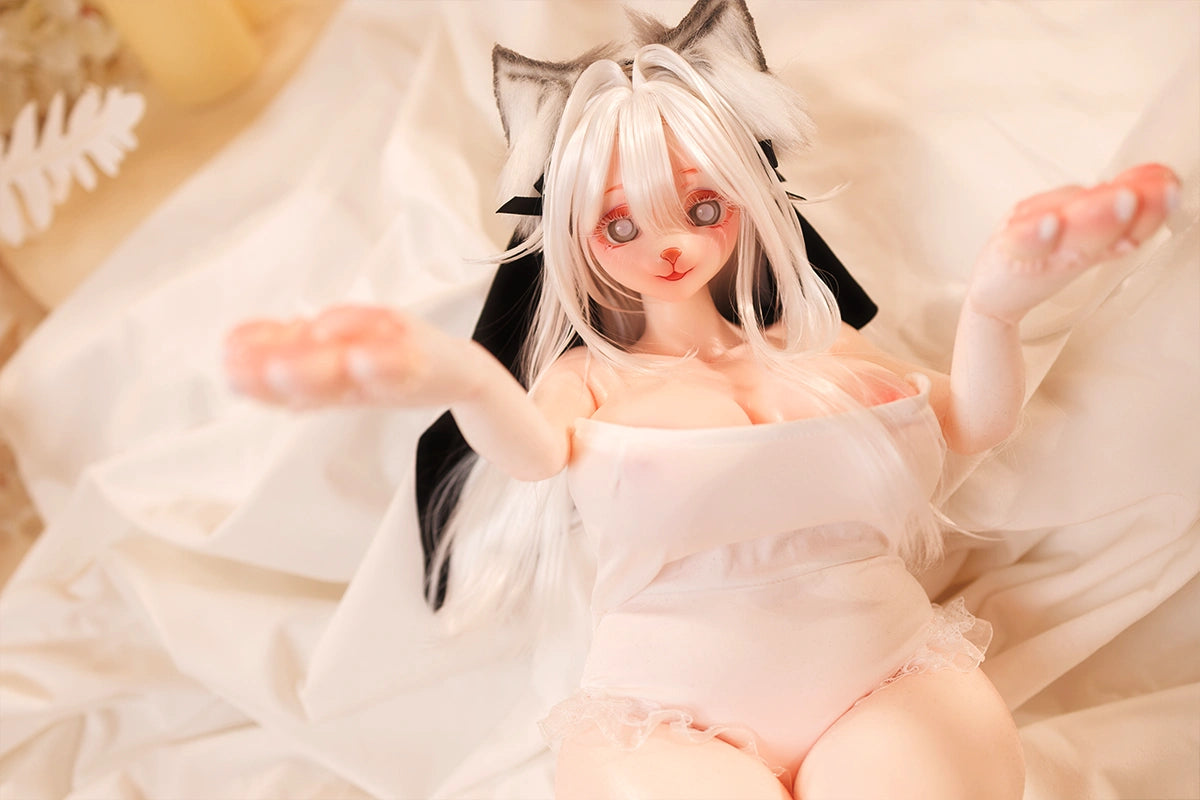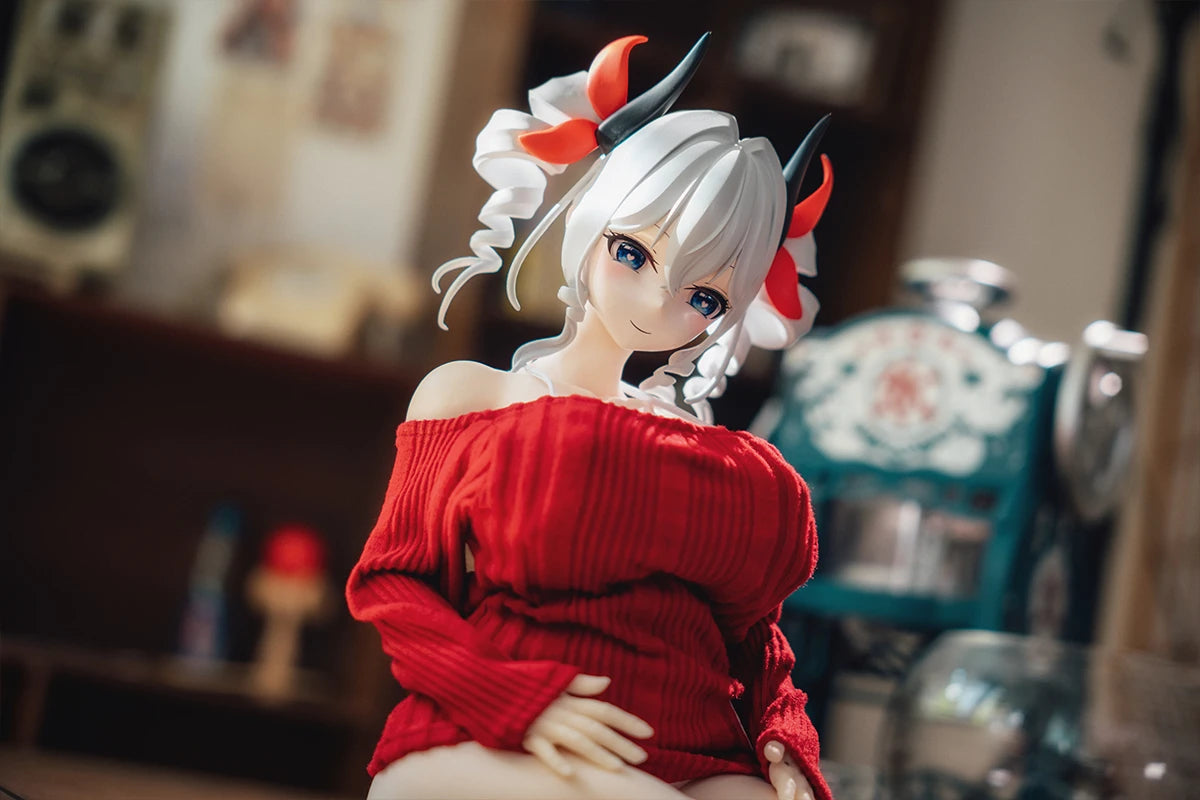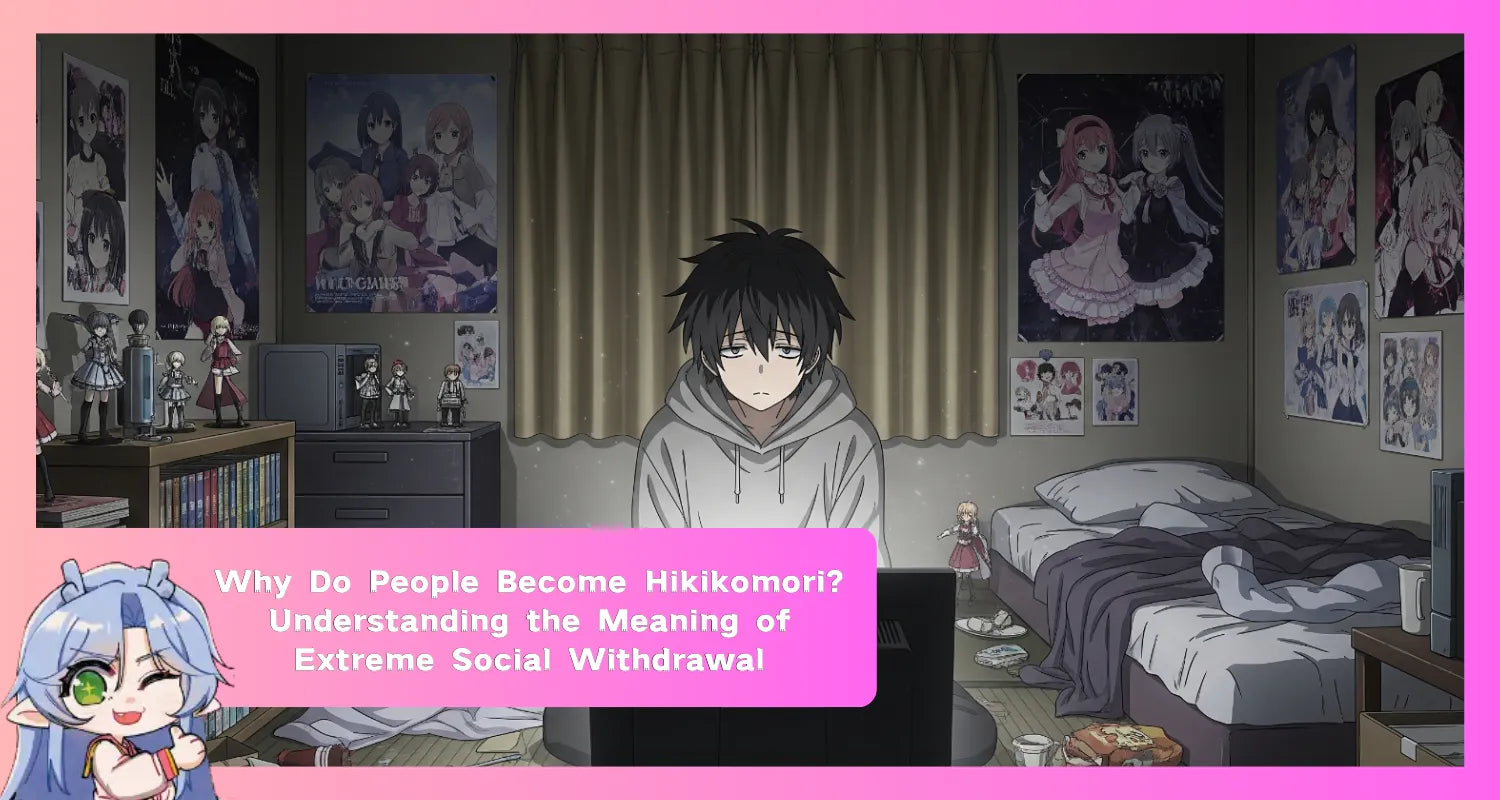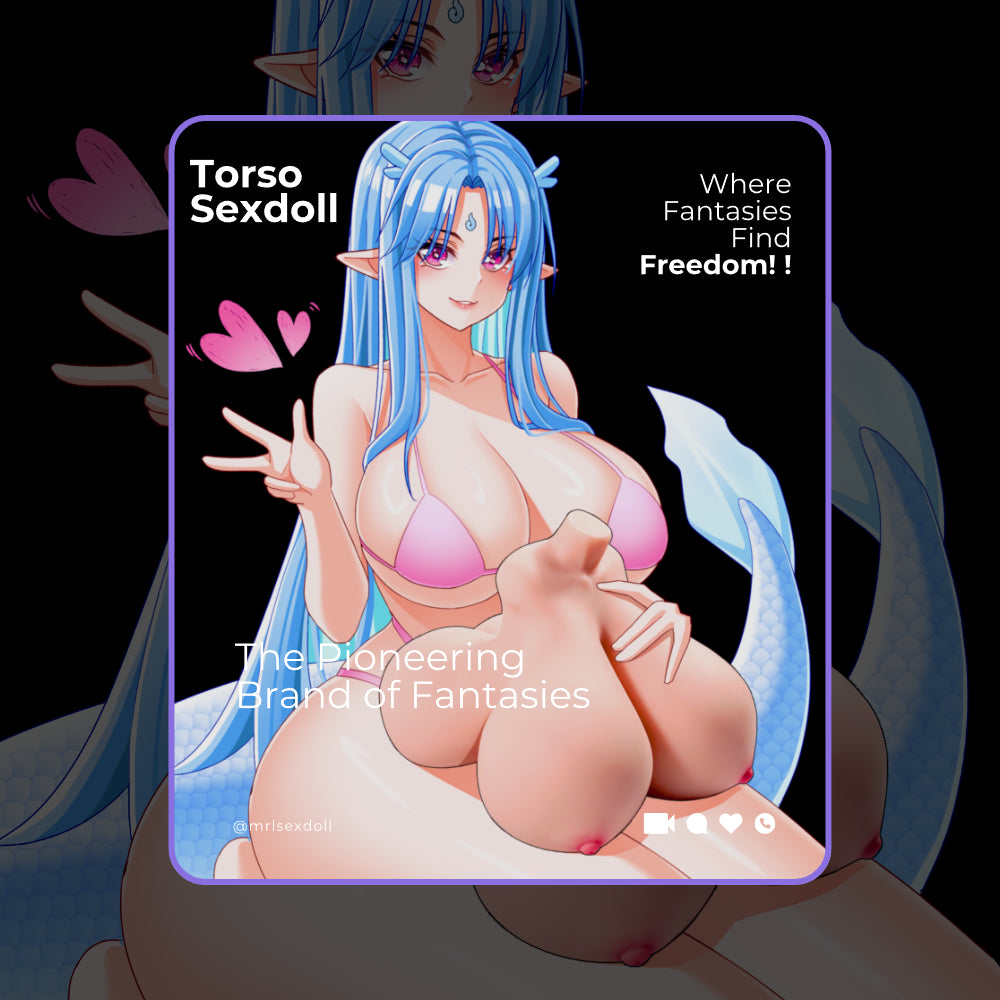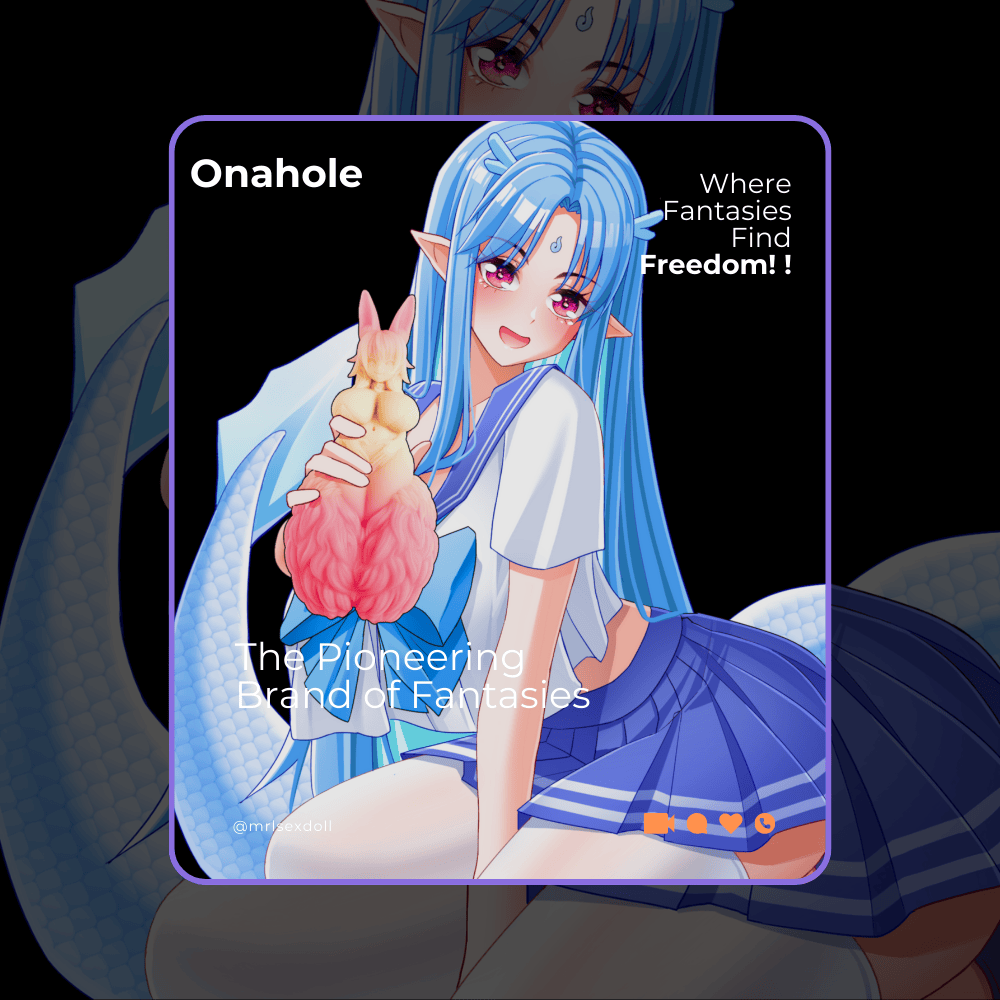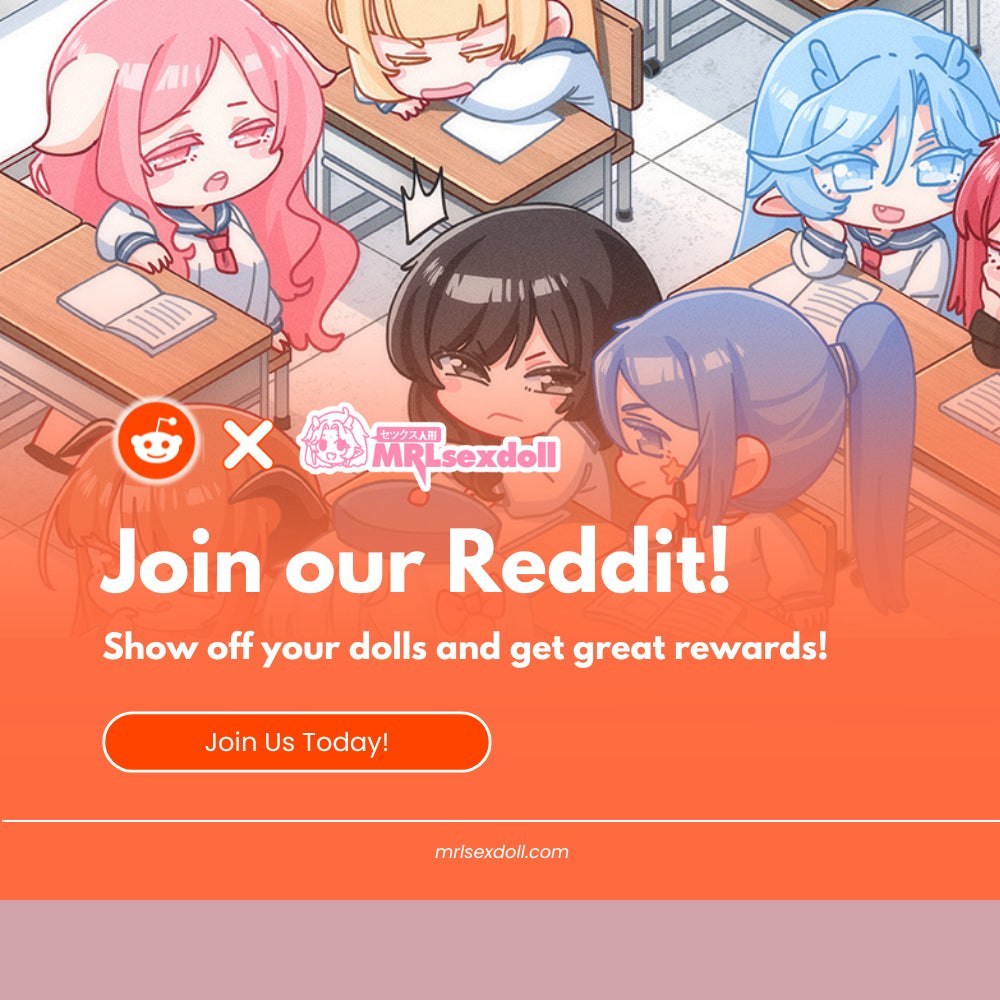Why Do People Become Hikikomori? Understanding the Meaning of Extreme Social Withdrawal

In popular culture, we often see the image of a person who never leaves their room, surrounded by comic books and computer screens. This idea has spread worldwide, largely thanks to hikikomori anime characters who have cut themselves off from society. However, this popular image often hides a much more complex and serious truth. The term "hikikomori" isn't just a lifestyle choice or a quirky personality. It describes a deep state of social isolation that affects millions of people and their families, not only in Japan but all over the world.
The official definition of hikikomori from Japan's Ministry of Health, Labor, and Welfare describes someone who avoids social life, like school or work, and stays in their home for at least six months. The word itself comes from two Japanese verbs: hiki ("to pull inward") and komoru ("to be confined"). It can refer to the condition or the person experiencing it. This retreat isn't usually about being lazy; it's often a desperate attempt to feel safe from overwhelming outside pressures. It is a modern problem of quiet withdrawal that we need to understand better.
Table of Contents:
The Internal World: The Psychology Behind the Closed Door
To truly grasp the hikikomori meaning , we have to look beyond the closed door and into the person's inner world. The choice to withdraw is almost never made from a place of happiness. Instead, it is a reaction to intense emotional pain, often started by a specific bad experience or a series of stressful events.
Common Psychological Triggers

This condition of extreme social withdrawal often exists alongside other diagnosed mental health issues. Studies have found that many people experiencing hikikomori also have conditions like social anxiety disorder, major depressive disorder, or avoidant personality disorder. The main feeling driving this behavior is often a powerful fear of being judged, embarrassed, or rejected again. In this light, staying inside is not a passive choice but an active, though unhealthy, way of coping. The person's room changes from just a place to live into a protective shell—a safe space where they feel in control and can hide from the things that cause them anxiety and shame. The outside world starts to feel like a scary and hostile place, while the quiet of their room offers a fragile sense of security.
The table below illustrates some key psychological differences found in a study comparing a group exhibiting hikikomori behaviors with a control group.
|
Psychological Factor |
Hikikomori Group (Average Score) |
Control Group (Average Score) |
|
Psychological Stress |
25.44 |
13.86 |
|
Self-Compassion |
32.00 |
38.21 |
|
Active Coping |
4.98 |
5.53 |
|
Behavioral Disengagement |
4.93 |
4.05 |
The Vicious Cycle of Isolation

This self-imposed isolation creates a difficult cycle. The longer someone stays withdrawn, the weaker their social skills become, and their feelings of hopelessness grow stronger. This makes the idea of going back into society even more frightening, which reinforces their need to stay isolated and makes recovery very difficult.
The Weight of the World: Societal Pressures That Fuel Retreat
While a person's inner feelings are very important, hikikomori is not just a personal problem. It is closely connected to the huge pressures of modern society, especially in Japan, but also in other competitive countries.
The Burden of Societal Expectations

For instance, Japanese society has long valued a very specific and rigid path in life: do well in school, get into a good university, and then find a stable job for life. If someone strays from this expected path, it can lead to a strong sense of failure and shame, not just for them but for their family as well. The cultural focus on fitting in and putting the group before the individual can also make people who feel different feel very alone. This pressure to be like everyone else can crush individuality and make any perceived difference a source of great anxiety. When these outside pressures become too much to handle, withdrawing can feel like the only way out—a quiet protest against a system that feels impossible, or a complete surrender to feelings of not being good enough.
The Role of Family Dynamics

Family life also plays a big part. Sometimes, intense pressure from parents to succeed can directly trigger the withdrawal. In other situations, families might unintentionally support the behavior. Feeling confused, ashamed, or responsible, parents might keep providing for the person's needs without trying to solve the isolation. This can create a dependent relationship that makes it harder for the person to get help or make a change.
A Sanctuary in Pixels: The Hikikomori Anime and Digital Escape

For many who have pulled back from the physical world, the online world becomes an important and safe place to escape. This creates a strange situation with online connections. On one hand, the internet offers a vital link to the outside, providing a form of social contact that feels safe because it happens through a screen, without the risks of face-to-face meetings. On the other hand, this very safety can make the isolation worse, because online friendships don't build the real-world social skills needed to break the cycle of withdrawal. This is why the media often mixes up hikikomori with otaku —a term for someone with a deep interest in things like anime, manga, or video games. While they are not the same, the overlap shows a similar need: finding comfort in fictional worlds that are perfect, controllable, and free of judgment.
The Appeal of an Idealized Companion

In these worlds, certain types of characters are very appealing. The fantasy of a perfect companion who offers constant support and accepts you no matter what is especially powerful. For someone who has retreated from a world full of judgment, the idea of a character who offers simple, devoted companionship is very attractive. This is the fantasy found in figures like the hikikomori anime girl called keiko . She represents a type of friendship that doesn't have the demands or potential for pain that real relationships do. Keiko is more than just a figure; she is a physical piece of a safer world, a quiet friend in the safety of one's room. This product represents the deep desire for a connection that is reliable, supportive, and completely free from the fear of rejection that makes the real world so scary.
Deconstructing the Hikikomori Girl: Reality vs. Fictional Portrayals
The world of hikikomori anime shows the condition in many different ways, from very realistic to highly romanticized.
Realistic vs. Romanticized Anime

Some stories offer a more serious and honest look at the issue. The classic series Welcome to the N.H.K. , for example, explores the paranoia and anxiety that can come with extreme isolation, showing a raw picture of the main character's internal struggles. In contrast, other popular anime use the hikikomori idea as a starting point for lighter stories. Shows like Princess Jellyfish and Recovery of an MMO Junkie have main characters whose isolation is eventually broken by a funny event or a chance meeting, leading to a story of slowly rejoining society. While these stories are often sweet, they can make overcoming the condition seem too easy. In real life, recovery is a slow and difficult process that doesn't have a simple storybook ending.
The Overlooked Hikikomori Girl

Additionally, media portrayals often ignore the reality of the hikikomori girl . The issue is mostly associated with men, but women also experience it, and their cases are often not reported or understood. This is partly because of different expectations for men and women in society; a woman who stays home might not be seen as a "problem" in the same way as a man who is expected to work. This bias hides the unique pressures that can cause women to withdraw and gives us an incomplete picture of the problem. While anime can be a comforting escape, it's important to remember that the reality of hikikomori is a complex human issue that is more than just a fictional story.
Frequently Asked Questions (FAQ)
Q1: What is the main difference between a hikikomori and a NEET? A: Although people sometimes use these terms to mean the same thing, they are different. The core hikikomori meaning is about actively withdrawing from society and staying physically isolated for at least six months. It is a psycho-social condition. NEET stands for "Not in Education, Employment, or Training," which describes a person's work or school status. A NEET is not necessarily socially isolated and might still have friends and a social life.
Q2: Is hikikomori considered a formal mental illness? A: This is still being debated by experts. Hikikomori is not currently listed as a specific disorder in major medical guides like the DSM-5. It is often seen as a "culture-bound syndrome" or a severe pattern of behavior. However, it often happens at the same time as other diagnosable mental illnesses, like depression, social anxiety, and personality disorders.
Q3: Is the hikikomori phenomenon only in Japan? A: No. Although hikikomori was first identified and studied in Japan, it is now seen as a global issue. Cases of severe social withdrawal that fit the hikikomori description have been reported in many countries, including the United States, Spain, Italy, South Korea, and India. This suggests that the causes—like intense social pressure, job insecurity, and the rise of digital technology—are creating similar problems in modern societies everywhere.
Q4: How has the internet affected the rise of hikikomori ? A: The internet has a complicated role. For some, it can be a factor that contributes to withdrawal by offering an exciting alternative to real-life interaction, making it easier to stay inside. For those who are already withdrawn, however, the internet can be a crucial link to the outside world, allowing for some social contact without the stress of face-to-face meetings. It can both enable the condition and be a way to cope with it.

